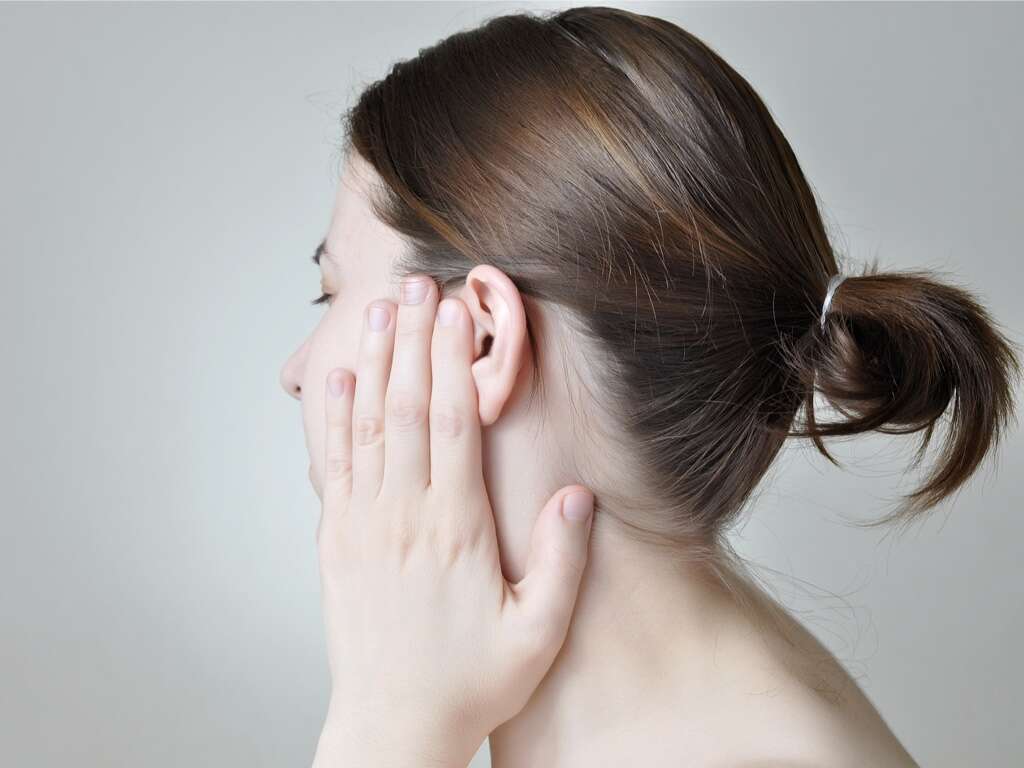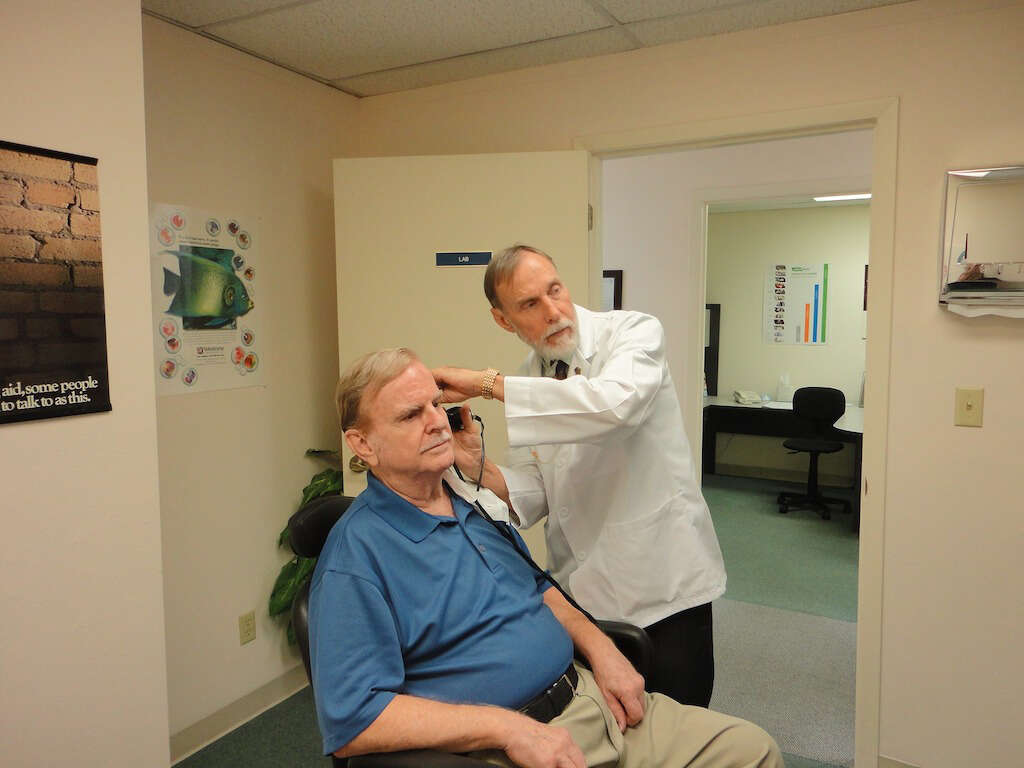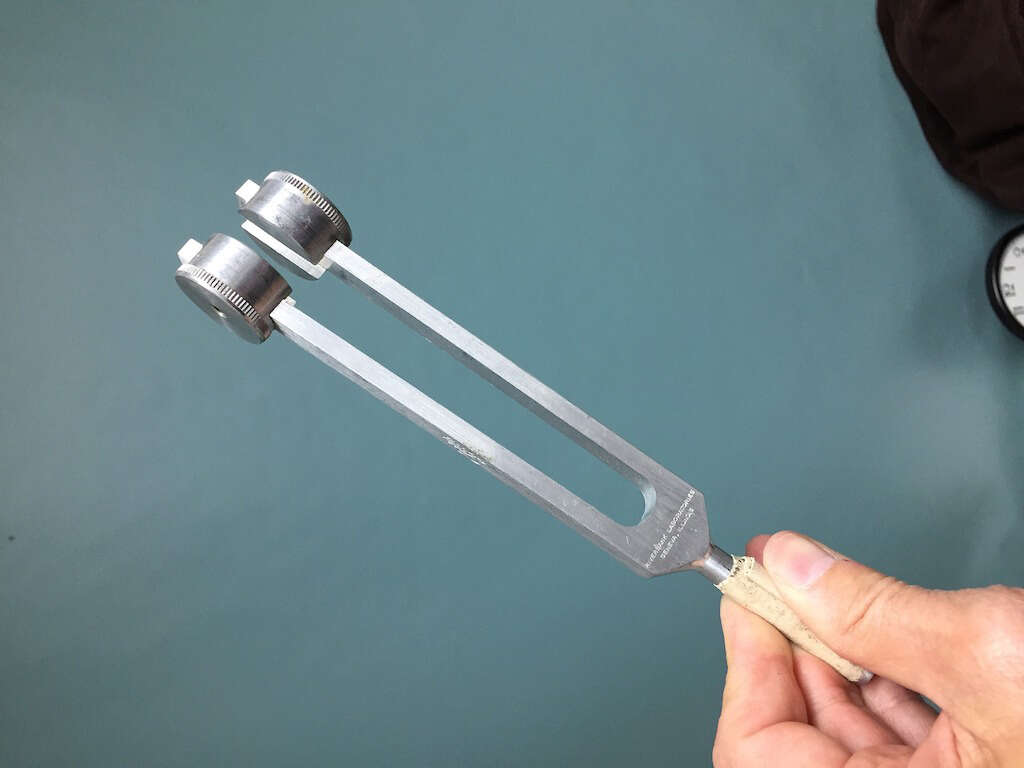10 Ruptured Eardrum Symptoms
The eardrum plays a very important function in allowing us to hear. It is fairly delicate, though, and can be damaged even though it is located inside the skull.
The eardrum can be ruptured from a blow to the head, from sudden changes in air pressure, and also from very loud noises. It is a very unpleasant injury to sustain, but thankfully there is usually no permanent damage caused. Most cases are due to middle ear infections.
Regardless, you should still get medical assistance to treat the injury as soon as you can. Here’s a look at some of the signs that your eardrum has been ruptured.
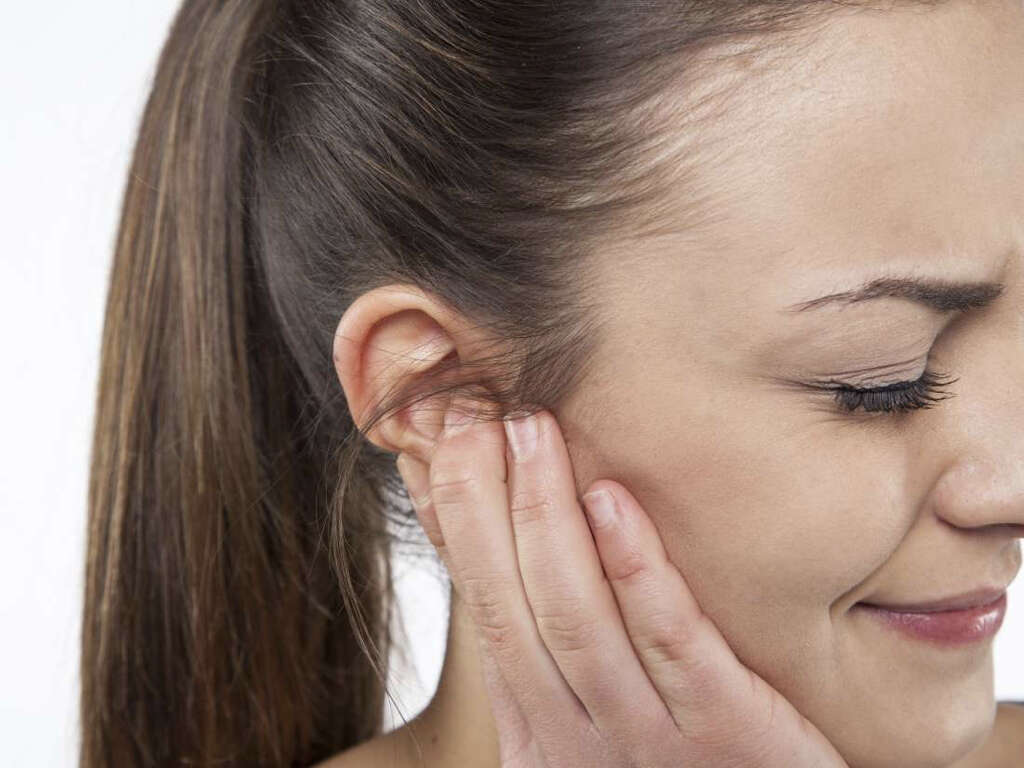
Symptom #1: Ear Pain
The insides of our ears are well protected so it is not likely that much will be able to hurt them. As such, it is not often that we will experience any pain coming from them, but a ruptured eardrum is likely to change this. A ruptured eardrum can be very painful or sometimes it causes no pain at all.
If the ruptured eardrum is not associated with an infection, it usually causes no pain. Therefore, if the pain is present, it is a signal that a middle ear infection could be present and might be the cause of the ruptured eardrum. The pain usually subsides quickly.

Symptom #2: Hearing Loss
The eardrum, also known as the tympanic membrane, is an essential part of the middle ear. Soundwaves travel down the ear canal and when they reach the eardrum, they cause it to vibrate. This vibration is transformed into signals that are then sent to the brain, and the brain can decipher them into something meaningful to us.
Considering how important the eardrum is for hearing, it would make sense that our hearing will be impaired if it is damaged. The hearing loss can be complete in that ear, although it will usually just appear to be muted somewhat. The hearing should hopefully be restored when the eardrum is healed.
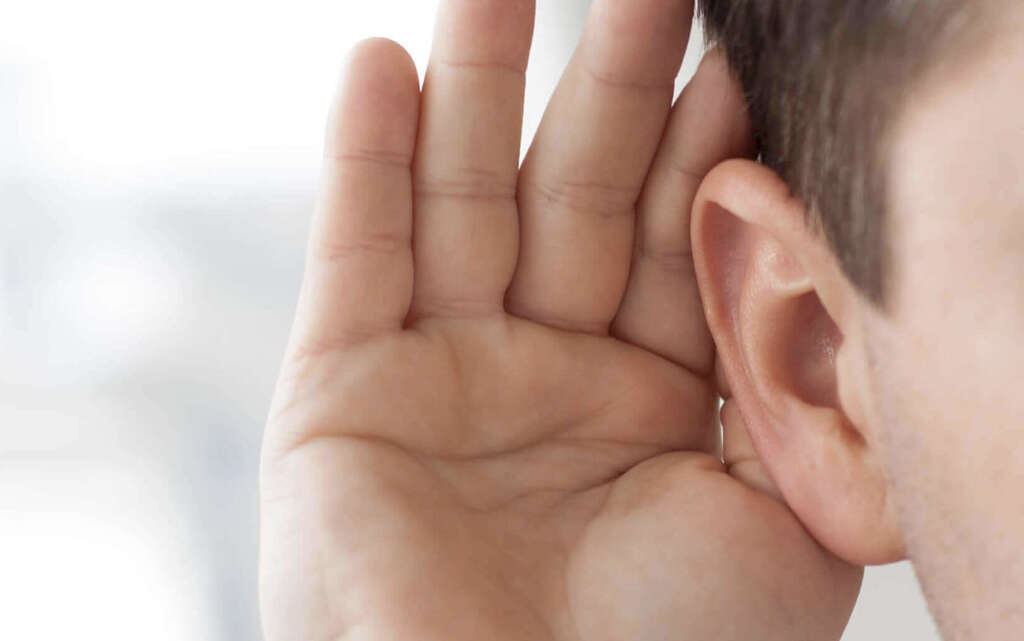
Symptom #3: Vertigo
It is a common misconception that the word vertigo means a fear of heights. What it really means, however, is a sensation that everything around you is spinning even when you are stood or sat still. It can be a very unpleasant experience and it can also cause the patient to lose their balance.
Our ears house instruments that help us to balance. If these are affected, then they can send confusing messages to the brain, resulting in the sensation that everything around us is spinning. It can be debilitating for patients, but the symptom should hopefully start clearing up as the damage is repaired.

Symptom #4: Itching
It is quite common for an area of the body to feel itchy as it is being repaired. This is because of the way that cells will pull together to close wounds shut. It can, of course, be very irritating, but it does at least indicate that the wound is healing, which is a good thing.
Some patients with a ruptured eardrum will also experience itching as the wound heals. While it can be very tempting to try and relieve the itch, doing so might cause further damage.

Symptom #5: Nausea
Nausea can range from being mildly unsettling, to downright incapacitating. The reasons for nausea are widely varied, ranging from something innocuous such as an unpleasant smell to potentially serious diseases. It can also be caused by vertigo, making nausea a potential symptom of a ruptured eardrum.
The nausea, along with the vertigo, can leave patients with a ruptured eardrum bed-bound. The nausea can also contribute to vomiting, adding to the discomfort the patient will be experiencing. The symptom should begin to fade as the patient recovers from the injury and a doctor may be able to prescribe something to help ease the symptom in the meantime.

Symptom #6: Fever
The eardrum can be ruptured due to infections, barotrauma (pressure-related injury), and direct trauma from scratching or removing earwax.
This is a non-specific symptom that is associated with middle ear infections (otitis media). Given the fact that most of the eardrum ruptures are due to infections, it is common to associate symptoms like fever, pain, and pus drainage with this condition, but it is important to understand that these symptoms are caused by the underlying infection.

Symptom #7: Constant Ear Infections
When the tympanic membrane is ruptured, it creates an entryway for pathogens to colonize the middle ear.
It is common for patients suffering from a chronic tympanic membrane perforation to suffer from recurrent ear infections, especially if they are exposed to water sports or other conditions that involve water getting into their ears.
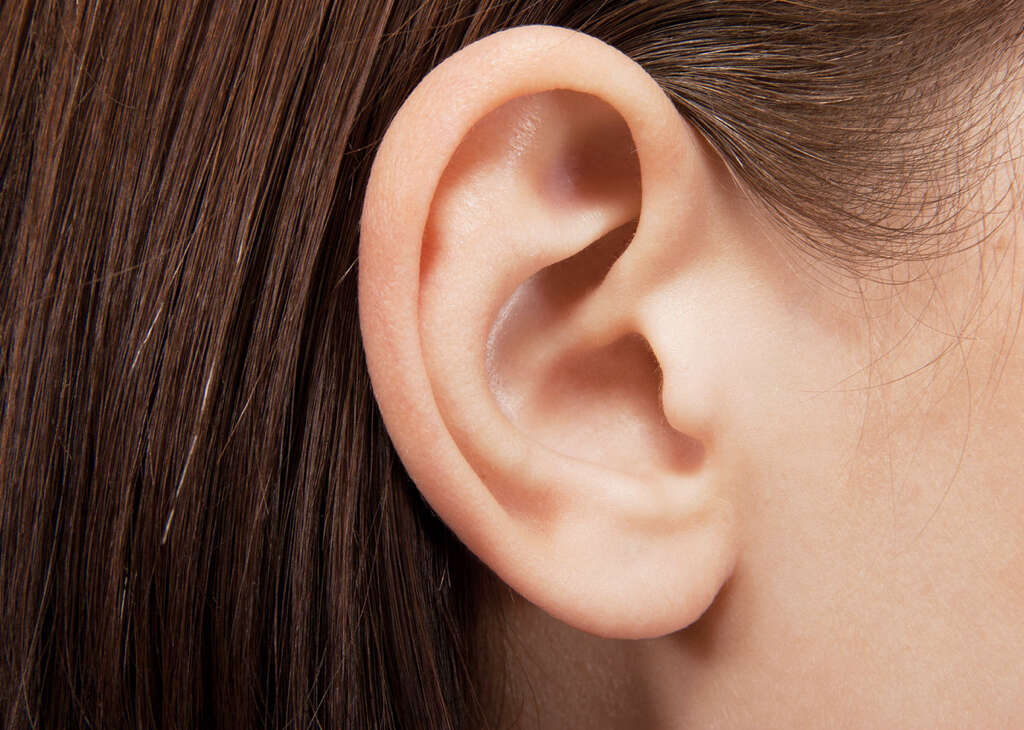
Symptom #8: Bloody Discharge
The vast majority of parts in our bodies need a fresh supply of blood, and the ear is no exception. Blood is carried to the ear in small blood vessels that are quite delicate. In the case of a ruptured eardrum, these blood vessels can be damaged, causing the blood inside to leak out.
As a result, patients can find that they have a bloody discharge coming from their ears after a ruptured eardrum. It should not be a significant amount, and the discharge will decrease or disappear as the wound is healed. If there is a lot of blood, then you should consider speaking with a doctor.
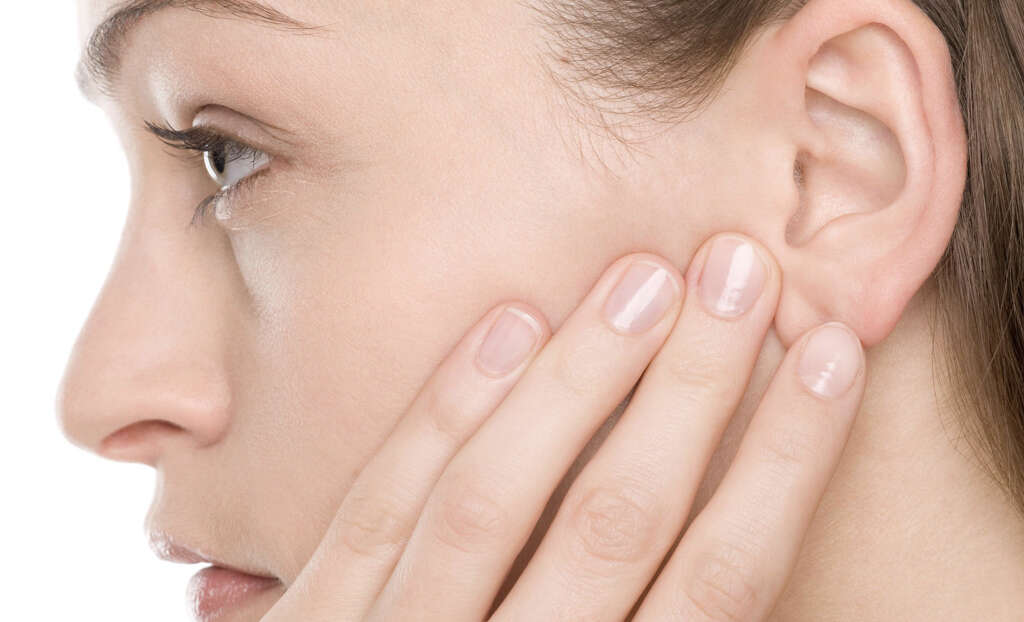
Symptom #9: Pus Discharge
If there are unwanted pathogens in our bodies then our immune system will send in white blood cells to deal with them. These cells will help kill the intruders, while the white blood cells themselves will also often be spent in the battle. This produces a yellow/green, sticky substance that we know as pus.
In the case of an injury, such as a ruptured eardrum, the wound will be exposed to pathogens. This means that the white blood cells have to do their thing, resulting in a pus-filled discharge coming from the ear. The pus should stop coming from the ear as the wound is healed.
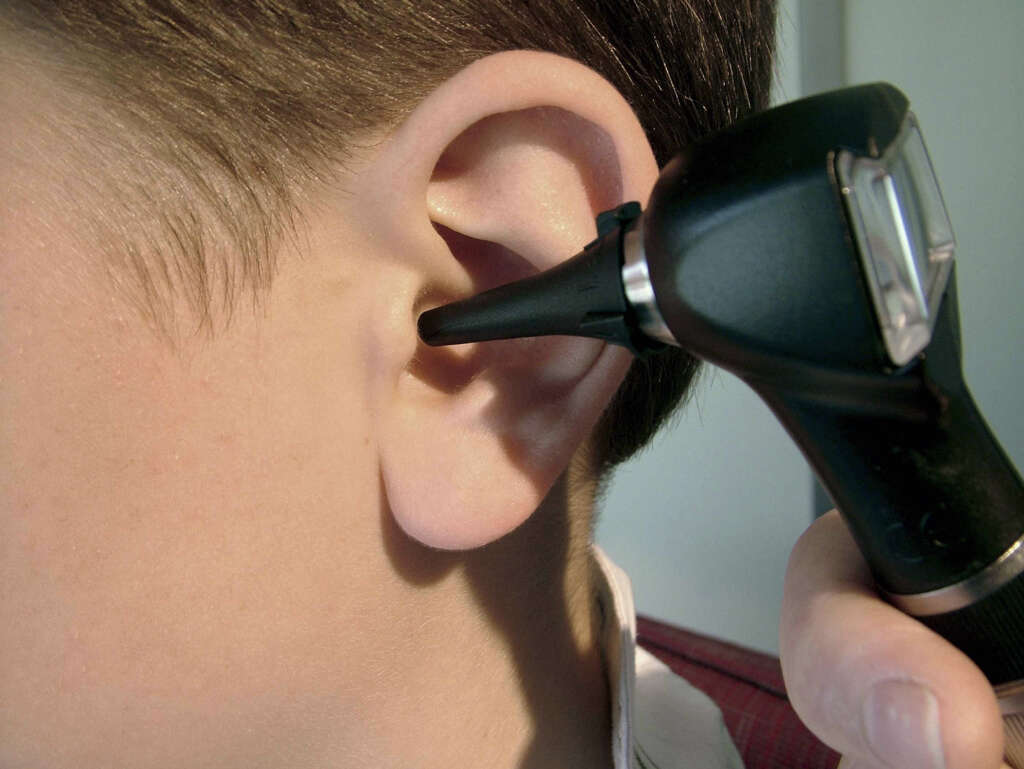
Symptom #10: Tinnitus
Our ears are good at detecting a wide range of soundwaves, even if the range is not as high as in some other animals. Sometimes, though, our ears might hear something that is not there at all. Tinnitus is a condition that causes people to hear ringing or buzzing sounds despite there being nothing causing it.
Tinnitus can range from being barely audible to the patient, to something that has a serious impact on their quality of life. It is a symptom of a ruptured eardrum, among other things, and the severity of the symptom can vary. The symptom should hopefully disappear altogether once the eardrum has healed.




